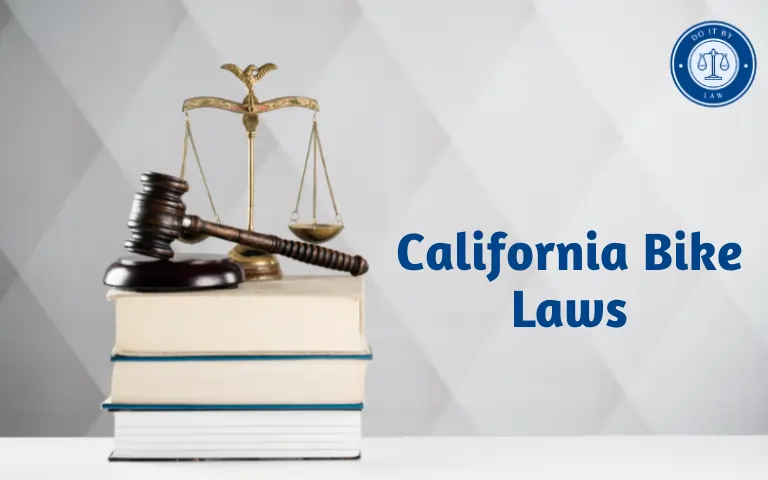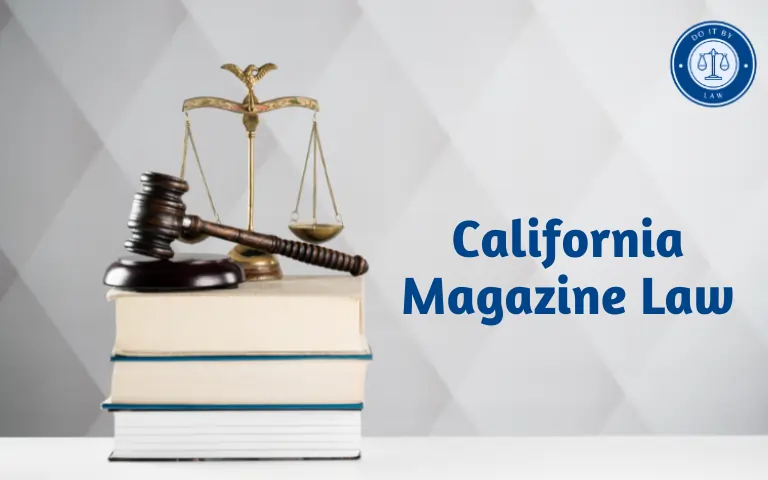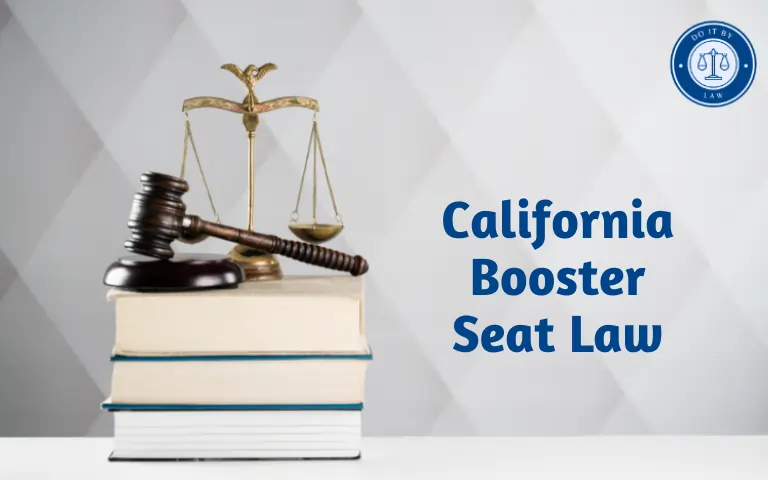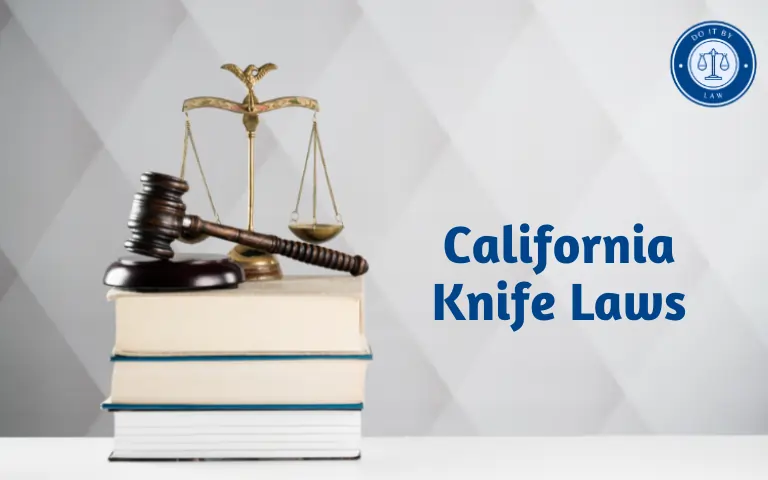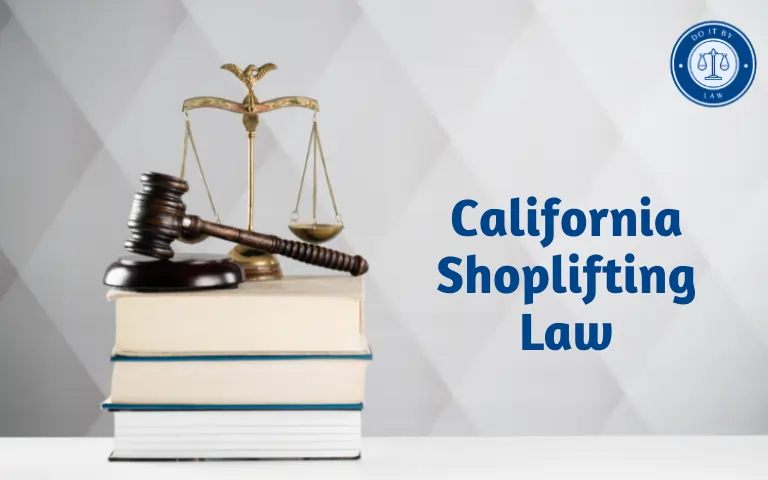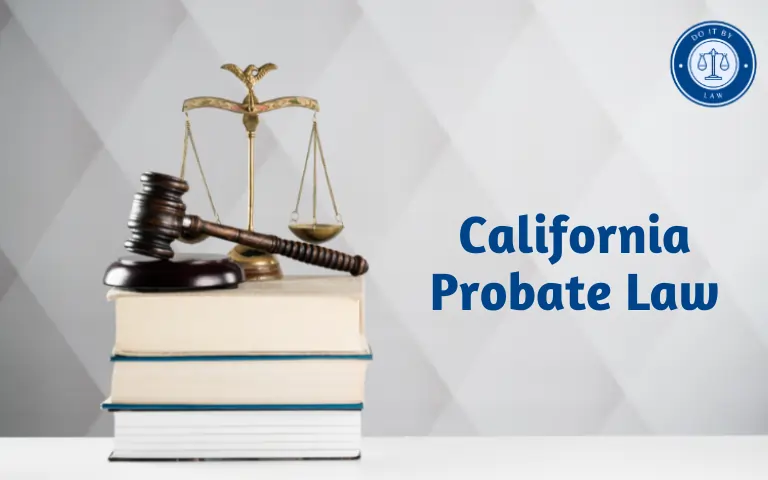California Bike Laws: What You Need to Know
California sees heavy bicycle use on roads, trails, and bike paths. All cyclists must understand California Bike Laws governing roadway rights, safety equipment, classifications, and rules of the road. This article summarizes key aspects of California bicycle laws.
Background of California Bike Laws
California State enacted its first bicycling regulations in the late 1800s. Early statutes established bicycle licensing requirements, riding restrictions, and road right-of-way rules. Bike safety laws were added in the 1900s mandating lights for night riding.
In 1976, California passed the Bicycle Safety Act affirming bicycles as legal vehicles entitled to road access. Subsequent legislation has clarified helmet requirements, electric bike classifications, zoning for bike lanes, “3-foot passing” rules, and other standards to integrate cycling into the transportation network.
California currently has over 1,000 statutes governing bicyclist and motorist conduct. Bike laws aim to foster safety and clarify the rights and duties of all road users.
Who California Bike Laws Apply To
California bike laws govern:
- Residents bicycling for transportation, exercise, or recreation
- Tourists and visitors cycling in the state
- Bicycle rental companies and tour groups
- Micromobility vehicle riders using e-bikes, e-scooters, etc.
- Motorists sharing roads with bicycle traffic
All individuals riding bikes on California roadways must obey traffic laws, signals, lane markings, signage, and law enforcement. Cyclists on multi-use trails and bike paths must also respect right-of-way protocol.
Key Provisions of California Bike Laws
Key California bicycle statutes cover:
Roadway Positioning
- Cyclists can use full traffic lanes and make left turns from any lane. Bikes are not restricted to shoulders and bike lanes.
- Riding on sidewalks is prohibited in business districts but legal in residential areas if not banned locally.
- Bikes must travel in the designated direction on roads and bike paths. Riding against traffic flow is illegal.
Traffic Laws
- Cyclists must obey all traffic signals, signs, and pavement markings. This includes stopping at red lights and stop signs.
- Bikes can pass other vehicles on the right or left if space allows. Passing on the right requires caution.
- Bicycles must yield to pedestrians and use audible signals when passing pedestrians.
Safety Equipment
- Helmets are mandatory for bicycle riders under 18 years old in California. Adults can choose whether to wear helmets.
- Bikes ridden at night must have a white front light, red rear light or reflector, reflectors on pedals and wheels, and optionally a white rear reflector.
- Brakes adequate for controlled stopping are required on all bikes. Wheels must also have sufficient clearance from the frame and fenders.
Classification and Registration
- Standard pedal bikes are classified similarly to non-motorized vehicles like scooters and skateboards. No registration is required.
- Electric bikes with motors under 1 HP can be ridden without driver’s licenses, registrations, or insurance. Faster electric bikes may have motorcycle requirements.
- Bicycle licenses are voluntary for theft deterrence and recovery but are not mandated under state law. Some cities require local bike licenses.
“3 Foot Passing” Requirements
- Motorists must provide at least 3 feet of clearance when passing bicyclists. A wider berth is required at higher speeds.
- Passing closer than 3 feet where space allows is punishable by a minimum $250 fine. Serious injuries can warrant felony charges.
- Cyclists riding slowly must stay as far right as practicable. Faster riders can claim center roadway lanes not reserved for cars.
Dooring Prevention
- Opening vehicle doors into traffic is illegal if it obstructs passing bicycles or vehicles. This prevents “dooring” crashes.
- Drivers and passengers must check for oncoming traffic before opening doors. Fines start at $1000 for dooring cyclists.
California Bike Laws Penalties for Violations
Most bike safety violations are infractions incurring $25-$250 fines. More serious offenses like riding under the influence or reckless cycling can lead to misdemeanor charges, jail time, and fines over $1000.
Violations like running red lights may apply point deductions to driver’s license records. Fines and penalties often increase for repeat offenses within 1-3 years.
Recent and Proposed Bike California Bike Laws Changes
California legislators have pursued various bicycle law reforms:
- Expanding 3-foot passing distance requirements to 6 feet in some scenarios
- Lowering speed limits on roads heavily used by cyclists and pedestrians
- Allowing photo enforcement for stop sign and red light violations by cyclists
- Strengthening distracted driving laws about cyclist safety
- Removing the current helmet exemption for riders over 18 years old
- Increased fines and driver’s license suspensions for repeated violations like dooring
Many proposed changes have stalled due to a lack of support or funding. However, incremental law updates continue via lobbying by bicyclist advocacy groups.
California Bike Laws Controversies and Challenges
California bike laws involve some ongoing debates:
- Helmet use mandates vs. personal choice for adults
- Strict liability for drivers who door cyclists vs. difficulty proving intent
- Cyclists treating stops as yields vs. complete stop requirements
- Harsher penalties vs. concerns over inequitable enforcement
- State preemption vs. local regulations for e-bikes and micro-mobility
Overall, current statutes balance road accessibility for cyclists with reasonable safety precautions. Calls for greater protection must be weighed against excessive limits on reasonable riding.
Conclusion
Cyclists can confidently ride on California roads and multi-use paths by understanding relevant traffic laws, passing regulations, equipment requirements, and penalties for violations. Core bike laws establish equal roadway rights and responsibilities to foster a safe, sustainable transportation network. All riders must stay alert and obey traffic laws for efficient bicycle integration.

